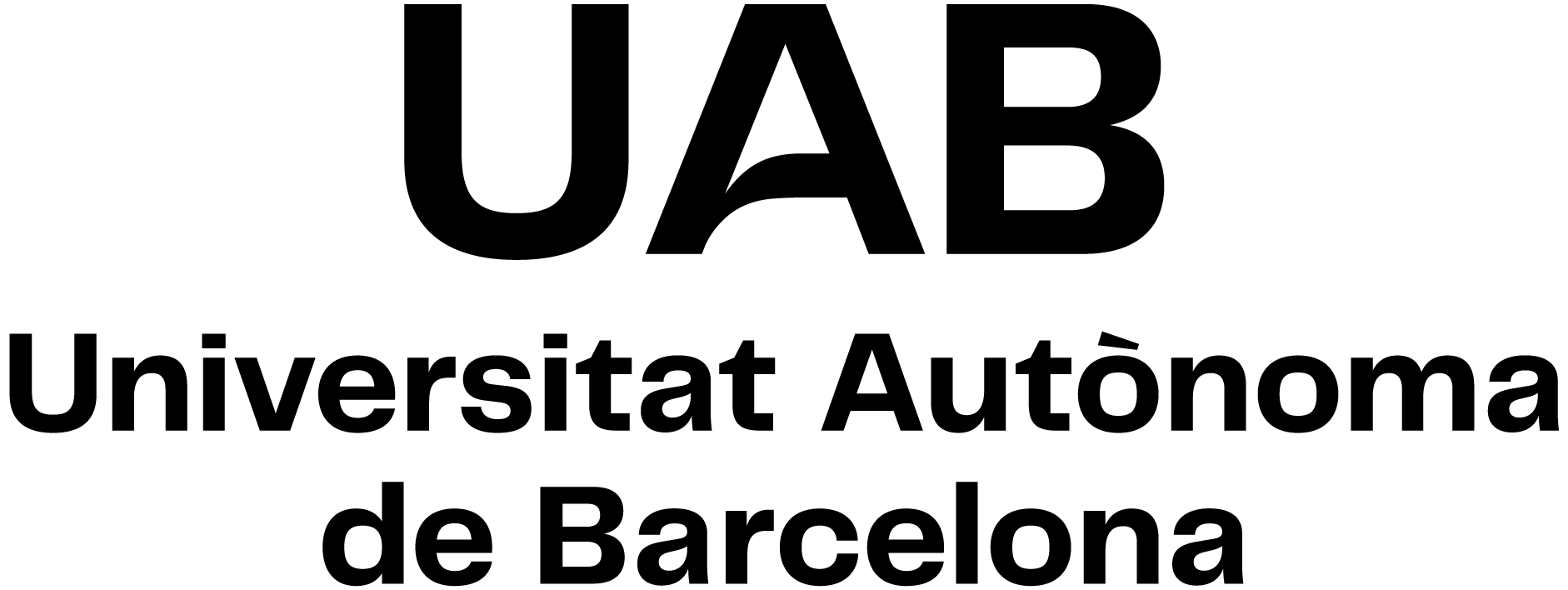
Television Genres
Code: 103071 ECTS Credits: 6| Degree | Type | Year | Semester |
|---|---|---|---|
| 2501928 Audiovisual Communication | OT | 3 | 1 |
| 2501928 Audiovisual Communication | OT | 3 | 2 |
| 2501928 Audiovisual Communication | OT | 4 | 2 |
Contact
- Name:
- Matilde Delgado Reina
- Email:
- matilde.delgado@uab.cat
Use of Languages
- Principal working language:
- catalan (cat)
- Some groups entirely in English:
- No
- Some groups entirely in Catalan:
- Yes
- Some groups entirely in Spanish:
- No
Prerequisites
It would be interesting if the students had taken a script course.
Objectives and Contextualisation
This subject is structured around three axes:
- Theory
- Analysis
- Production
The main objectives are the knowledge of the different theoretical approaches to the study of television genres, the knowledge of the expressive and narrative conventions of the different television genres (with the exception of information and fiction) and the introduction to the design, ideation, production and realization of television formats.
Competences
- Audiovisual Communication
- Differentiate the discipline's main theories, fields, conceptual developments, as well as their value for professional practice.
- Disseminate the area's knowledge and innovations.
- Manage the different forms of audiovisual programming according to various audiovisual genres.
- Manage time effectively.
- Research, select and arrange in hierarchical order any kind of source and useful document to develop communication products.
- Use one's imagination with flexibility, originality and ease.
Learning Outcomes
- Apply theories learned to the analysis of the media reality and the development of audiovisual products.
- Disseminate the area's knowledge and innovations.
- Implement presentation, discursive and argumentative techniques to adapt them to audiovisual genres.
- Innovate by means of production and audiovisual programming.
- Manage time effectively.
- Promote innovations in product building.
- Research, select and arrange in hierarchical order any kind of source and useful document to develop communication products.
- Use one's imagination with flexibility, originality and ease.
Content
1. Television genres: theoretical approach.
2. Ideation, production and realization of television genres.
3. Typology of genres and their expressive and communicative keys (non-fiction formats).
Methodology
1. Theoretical sessions and seminars, where the fundamental keys for the acquisition of the competences associated with the subject will be given, as well as the analytical viewing of products.
2. Practical sessions and seminars, where students must plan, discuss critically and execute a television product.
The calendar will be available on the first day of class. Students will find all information on the Virtual Campus: the description of the activities, teaching materials, and any necessary information for the proper follow-up of the subject.
Annotation: Within the schedule set by the centre or degree programme, 15 minutes of one class will be reserved for students to evaluate their lecturers and their courses or modules through questionnaires.
Activities
| Title | Hours | ECTS | Learning Outcomes |
|---|---|---|---|
| Type: Directed | |||
| Laboratory | 22.5 | 0.9 | 1, 7, 6 |
| Seminars | 15 | 0.6 | 8, 7, 3 |
| Theoric Sessions | 15 | 0.6 | 8, 1, 7, 2 |
| Type: Supervised | |||
| Supervision | 7.5 | 0.3 | 8, 5 |
| Type: Autonomous | |||
| Reading of acadeic papers, preparing and planning the project. | 83 | 3.32 | 8, 1, 5, 3, 4, 6 |
Assessment
The subject consists of the following evaluation activities:
1. Design of a television format and the production of the teaser, 50% on the final grade
2. Participation and atendace, 10 % on the final grade
3. Pitching, 40% on the final grade
The students will be entitled to the reevaluation of the activity number 1.
In the event that the student performs any irregularity that may lead to a significant variation of an evaluation act, this evaluation act will be graded with 0, regardless of the disciplinary process that could be instructed. In the event, that several irregularities occur in the evaluation acts of the same subject, the final grade for this subject will be 0.
Assessment Activities
| Title | Weighting | Hours | ECTS | Learning Outcomes |
|---|---|---|---|---|
| Ideation of a television format and the production of the teaser | 50 % | 1 | 0.04 | 8, 1, 5, 4, 6 |
| Participation and atendance | 10% | 3 | 0.12 | 1, 7, 2, 3 |
| Pitching | 40% | 3 | 0.12 | 8, 7, 5, 3 |
Bibliography
BARROSO, Jaime (1996), La realización de los géneros televisivos, Madrid: Síntesis.
BERGER, Asa. (1992) Popular Culture Genres, Newbury Park: Sage.
CREEBER, Glen, MILLER, Toby and TULLOCH, John (2008), The television Genres Book, London: BFI.
EDGERTON, G.R. and ROSE, B.G. (eds) (2005), Thinking outside the box: a contemporary televisión genre reader, Lexington: University Press of Kentucky
GONZÁLEZ REQUENA, Jesús (1988): El discurso televisivo: espectáculo de la posmodernidad, Madrid: Cátedra.
GORDILLO, Immaculada, (2009), Manual de narrativa televisiva, Madrid: Síntesis.
KAMINSKY, Stuart M. and MAHAN, Jeffrey H. (1988) American television genres, Chicago: Nelson-Hall.
NEWCOMB, Horace (ed) (2000), Television : the critical viewNew York, etc. : Oxford University Press.
O’DONNELL, Victoria (2007), Television Criticism, Thousand Oaks, Calif.: Sage.
Software
Students must use the software of their choice necessary for the editing of their audiovisual projects.